Environmental Choices
Environmental Choices
Policy Responses to Green Demands
Lawrence S. Rothenberg
University of Rochester
CQ Press
A Division of Congressional Quarterly Inc.
1255 22nd Street, N.W., Suite 400
Washington, D.C. 20037
(202) 822-1475; (800) 638-1710
www.cqpress.com
2002 by CQ Press, A Division of Congressional Quarterly Inc.
All rights reserved. No part of this publication may be reproduced or transmitted in any form or by any means, electronic or mechanical, including photocopy, recording, or any information storage and retrieval system, without permission in writing from the publisher.
Printed and bound in the United States of America
06 05 04 03 02 5 4 3 2 1

The paper used in this publication meets the minimum requirements of the American National Standard for Information SciencesPermanence of Paper for Printed Library Materials, ANSI Z39.48-1992.
Cover design: Karen Doody
Library of Congress Cataloging-in-Publication Data
Rothenberg, Lawrence S.
Environmental choices: policy responses to green demands / Lawrence S. Rothenberg.
p. cm.
Includes bibliographical references and index.
ISBN 1-56802-630-7 (pbk. : alk. paper)
1. Environmental policyUnited States. 2. Environmental qualityUnited States. 3. EnvironmentalismUnited States. I. Title.
GE180 .R67 2002
363.70560973dc21
2001008314
In memory of Jeffrey S. Banks (19582000),
extraordinary scholar and dear friend
Contents
Tables and Figures
Tables
Figures
List of Acronyms
| ANILCA | Alaska National Interest Lands Conservation Act of 1980 |
| AUM | Animal unit month |
| BLM | Bureau of Land Management |
| CAA | Clean Air Act |
| CAFE | Corporate average fuel economy |
| CBO | Congressional Budget Office |
| CCC | Civilian Conservation Corps |
| CEQ | Council on Environmental Quality |
| CERCLA | Comprehensive Environmental Response, Compensation, and Liability Act of 1980 (Superfund) |
| CFC | Chlorofluorocarbon |
| CPSC | Consumer Product Safety Commission |
| CWA | Clean Water Act |
| DDT | Dichlorodiphenyl-trichloroethane |
| DOD | Department of Defense |
| DOI | Department of Interior |
| EPA | Environmental Protection Agency |
| EPCRA | Emergency Planning and Community Right-to-Know Act of 1986 |
| ESA | Endangered Species Act |
| FDA | Food and Drug Administration |
| FIFRA | Federal Insecticide, Fungicide, and Rodenticide Act |
| FLPMA | Federal Land Policy and Management Act of 1976 |
| FQPA | Food Quality Protection Act |
| FWS | Fish and Wildlife Service |
| GAO | General Accounting Office |
| GNP | Gross national product |
| LCV | League of Conservation Voters |
| NAAQS | National Ambient Air Quality Standards |
| NEPA | National Environmental Policy Act |
| NIMBY | Not in My Backyard |
| NPDES | National Pollutant Discharge Elimination System |
| NPL | National Priority List |
| NPS | National Park Service |
| OMB | Office of Management and Budget |
| OSHA | Occupational Safety and Health Administration |
| PRIA | Public Rangelands Improvement Act of 1978 |
| PRP | Potentially responsible parties |
| RCRA | Resource Conservation and Recovery Act |
| SARA | Superfund Amendments and Reauthorization Act of 1986 |
| SDWA | Safe Drinking Water Act |
| TMDL | Total maximum daily load |
| TRI | Toxic Release Inventories |
| TSCA | Toxic Substance Control Act |
| TVA | Tennessee Valley Authority |
| USDA | U.S. Department of Agriculture |
| USFS | United States Forest Service |
Preface
E nvironmental policies in the United States often appear to be a perplexing morassfragmented, contradictory, inconsistent, and rule-bound. Although it is fairly easy to describe the policy system, it is far more difficult to gain a deeper understanding of what determines policy and the costs and efficacy of policy initiatives.
Despite the obvious importance of the environment and the policies that govern it, contemporary books that provide a unifying analytic approach are in short supply. Environmental Choices: Policy Responses to Green Demands fills this gap. It furnishes an important overview and perspective on research and issues while providing analytic tools that challenge students intuitive understanding of environmental policy and public policy. Students using the book will be prepared to apply the knowledge gained from it to make sense of the world they observe. As well as being employed as a principal text, this book may be used in conjunction with a standard core text as a means of questioning conventional wisdom, shedding light on hard-to-understand policy features, and making connections more generally between environmental policy and public policy.
Although the book incorporates sophisticated ideas, it is written to be comprehensible. It offers and consistently applies a coherent framework that focuses both on the economic determinants of demand for environmental quality and on the nature of political supply in responding to such demands. In doing so, it provides a distinctive approach that shows how the U.S. political system produces higher environmental quality than would occur without government intervention but at a seemingly high cost.
More generally, Environmental Choices has two goals. The first is to provide a framework for understanding environmental policy that is derived from a general perspective on public policy. Environmental policy is a manifestation of more general processes that affect policy and is best understood that way. Drawing heavily on existing social science about public policyand about how individuals, firms, organizations, and institutions make relevant choicesthe various chapters accessibly introduce key ideas in economics and political science so that readers can easily understand where demand for environmental policy comes from and how political institutions supply it.
The second goal is to survey governments environmental policies in a way that closely ties in to the analytical framework. Consequently, rather than being presented with the history of environmental policy choices and their influences as a laundry list of accomplishments and failures, students are given a perspective from which to make sense of the political intervention observed, the policy instruments and agencies chosen, and the level of government and means of enforcement selected.
In communicating complicated and nuanced ideas, Environmental Choices employs a variety of helpful pedagogic tools. Key terms appear in bold face and are listed at the end of each chapter. Key data are presented in easy-to-digest tables and figures. And extensive references are provided to direct readers who are interested in exploring further.

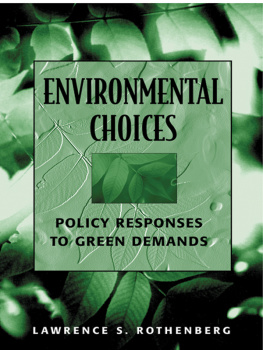



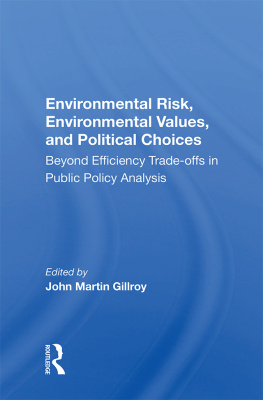
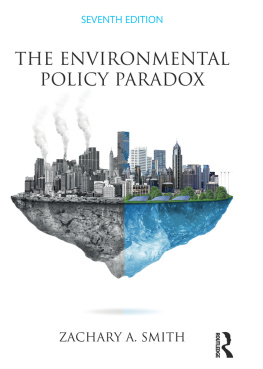

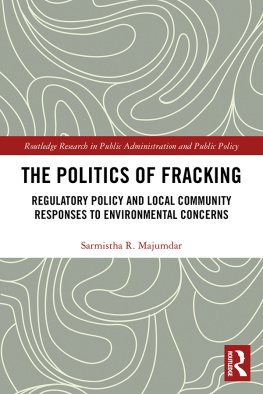

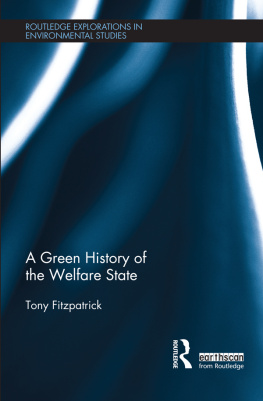
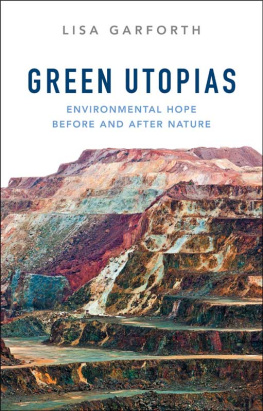

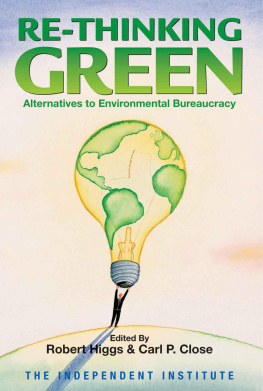

 The paper used in this publication meets the minimum requirements of the American National Standard for Information SciencesPermanence of Paper for Printed Library Materials, ANSI Z39.48-1992.
The paper used in this publication meets the minimum requirements of the American National Standard for Information SciencesPermanence of Paper for Printed Library Materials, ANSI Z39.48-1992.